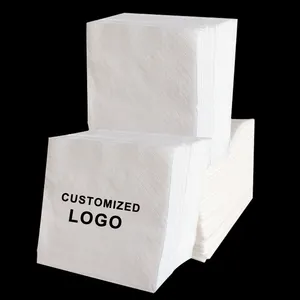Giới thiệu về khăn tay cho công nghiệp
Alibaba.com cung cấp các sản phẩm 1803 khăn tay cho công nghiệp. Có rất nhiều khăn tay cho công nghiệp lựa chọn dành cho bạn, chẳng hạn như dệt, đồng bằng, và hoa. Bạn cũng có thể chọn từ vuông, in, và đồng bằng nhuộm khăn tay cho công nghiệp. Cũng như từ bông, polyester, và linen khăn tay cho công nghiệp.Và bất kể khăn tay cho công nghiệp là người đàn ông, nữ.














